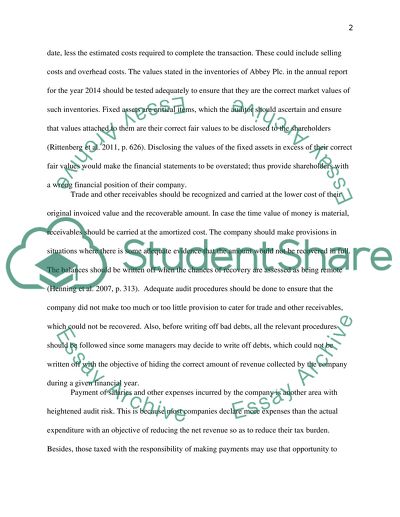Cite this document
(“Auditing Essay Example | Topics and Well Written Essays - 1500 words - 7”, n.d.)
Retrieved from https://studentshare.org/finance-accounting/1688000-auditing
Retrieved from https://studentshare.org/finance-accounting/1688000-auditing
(Auditing Essay Example | Topics and Well Written Essays - 1500 Words - 7)
https://studentshare.org/finance-accounting/1688000-auditing.
https://studentshare.org/finance-accounting/1688000-auditing.
“Auditing Essay Example | Topics and Well Written Essays - 1500 Words - 7”, n.d. https://studentshare.org/finance-accounting/1688000-auditing.


